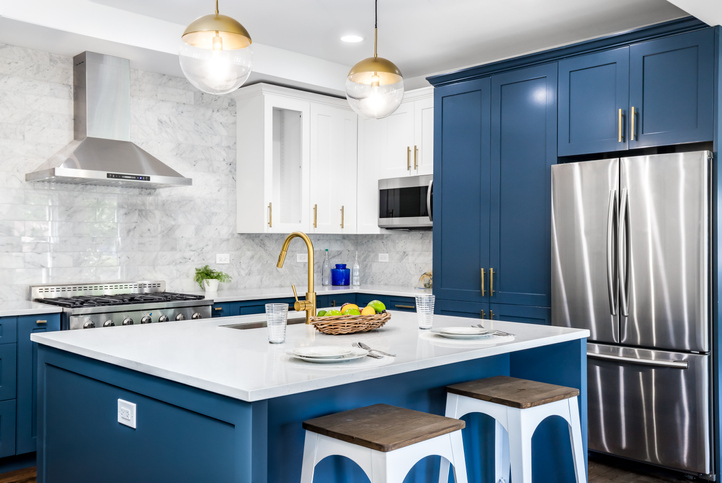We may earn revenue from the products available on this page and participate in affiliate programs. Learn More ›
Happiness while working in a kitchen often depends on the room’s functionality. There needs to be enough space for food prep, the layout has to provide sensible flow, and the appliances need to be able to prepare the family’s favorite meals. In addition to serving food needs, a kitchen might even have to double as a workspace for work-at-homers or school-aged children.
And today’s homeowners are realizing the importance of functionality in a kitchen. According to a recent Kitchen Remodeling report from Fixr, 65 percent of surveyed homeowners embarking on a kitchen remodel stated that functionality was their primary concern.
Keep reading to learn about nine ways you can improve kitchen functionality during a renovation.
RELATED: 11 Modern Kitchen Ideas You’ll Want to Steal
1. Choose the right layout.
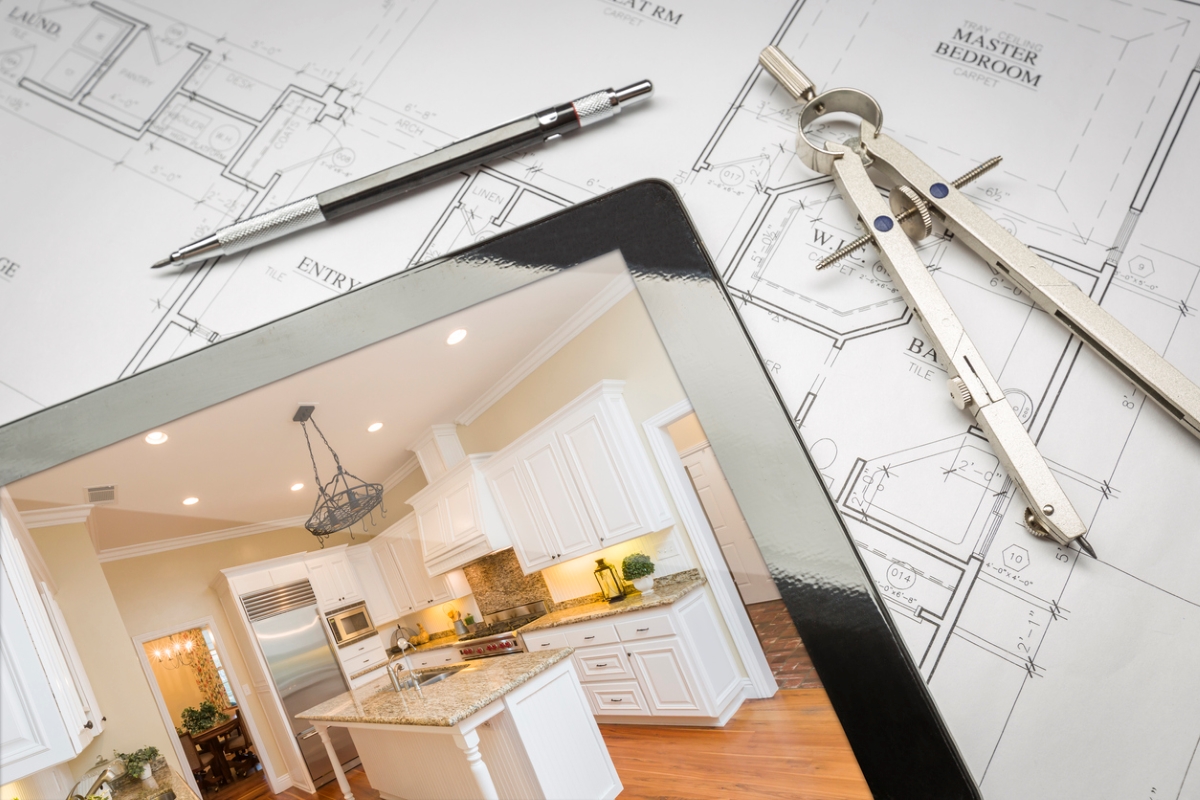
Choosing the right layout is one of the best ways to improve functionality in a kitchen space. Interior designers and kitchen experts often refer to the “kitchen work triangle,” which positions the stove, sink, and refrigerator in the shape of a triangle, with an appliance at each corner.
While the work triangle can be a very helpful start, there are other concerns to consider, especially with small kitchens. Is there room for an island or will it obstruct traffic? Is there enough workspace or should the layout include an L-shaped cabinet bank to support more counter space? Is a dedicated workstation for homework or video conferencing a necessity? All of these questions could lead to tweaks in the design to create a functional kitchen.
2. Pick appliances that can keep up.
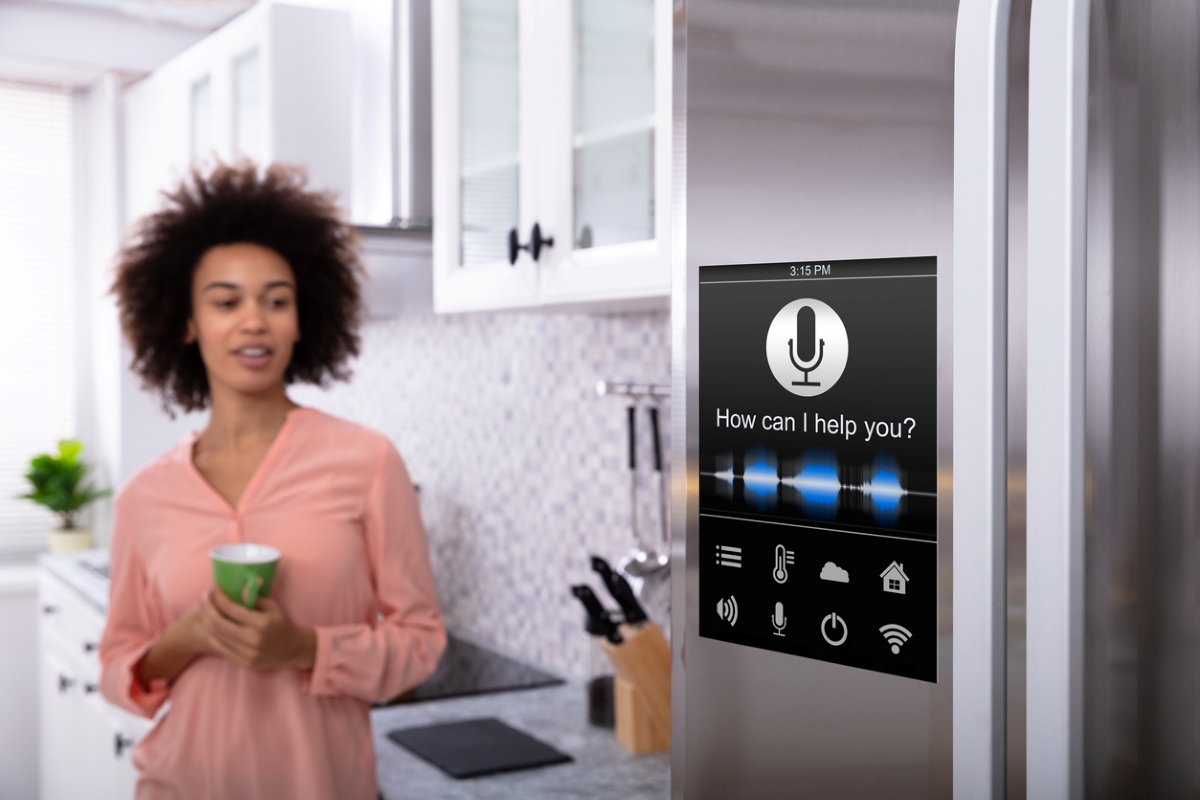
In today’s fast-paced world, kitchen appliances need to keep up. Improving functionality can involve upgrading from that builder-basic stove, dishwasher, refrigerator, and kitchen hood to more modern appliances. Many of the best appliances today have smart features and interfaces that allow the users to get as much use out of their devices as possible.
Refrigerators can scan contents and let the homeowner know what they need at the supermarket. Stoves use WiFi, allowing the user to adjust temperatures and timers from their phones. There are even improvements in rangehoods so they can produce much less noise and allow people in the kitchen to work together without screaming at each other.
RELATED: 12 Energy-Efficient Appliances That Will Save You Money
3. Set the ideal cabinet and counter height.
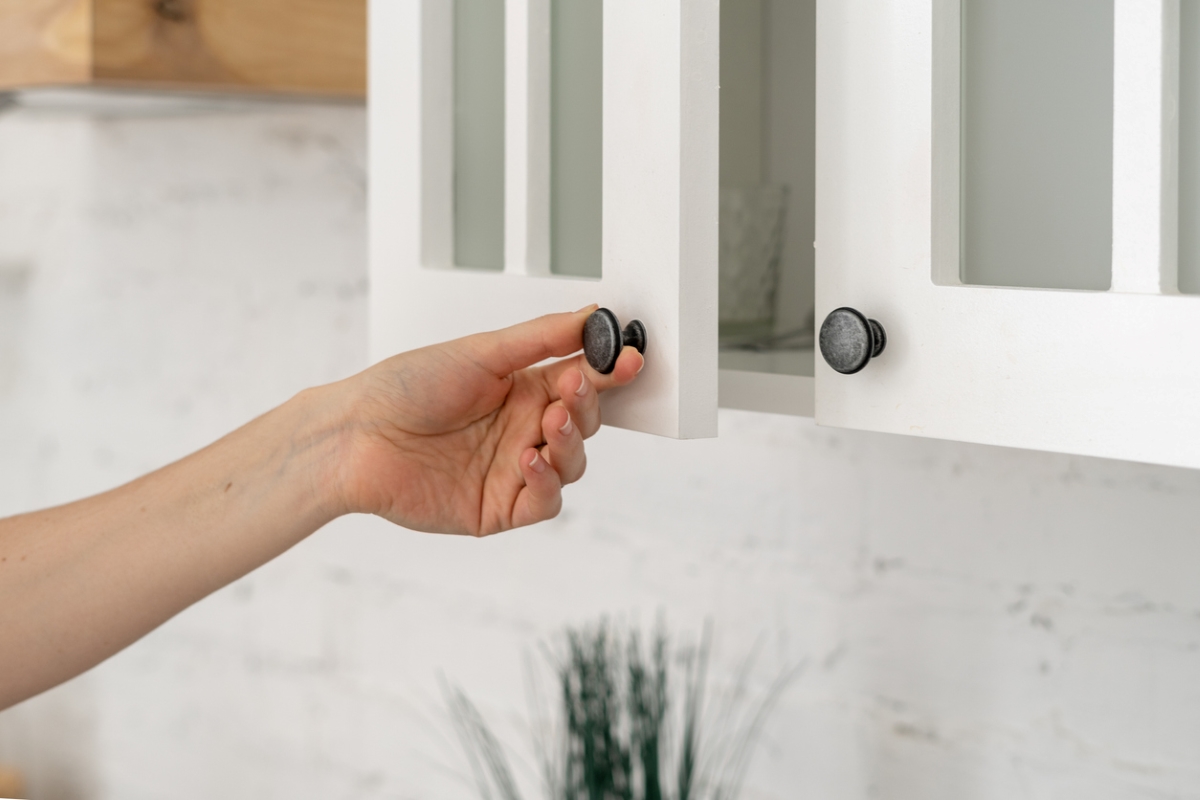
There used to always be rules about cabinet heights—for example, upper cabinets should be 18 inches above the counters. While this standard space does allow most countertop appliances to fit nicely, it doesn’t provide shorter-statured folks with the functionality they need. Lowering those upper cabinets a few inches is a simple and useful solution for some households.
Countertop heights can also be adjusted. While a standard countertop is usually around 36 inches above the floor, this height might not be ideal for taller or shorter people, those in wheelchairs, or some with a physical impairment. Custom cabinets with higher or lower heights can provide easier functionality. The same can be said for lowering a counter specifically for chairs or stools, creating an extra workstation or additional eating area.
RELATED: Solved! How to Find the Correct Upper Cabinet Height
4. Make dishware and flatware convenient.
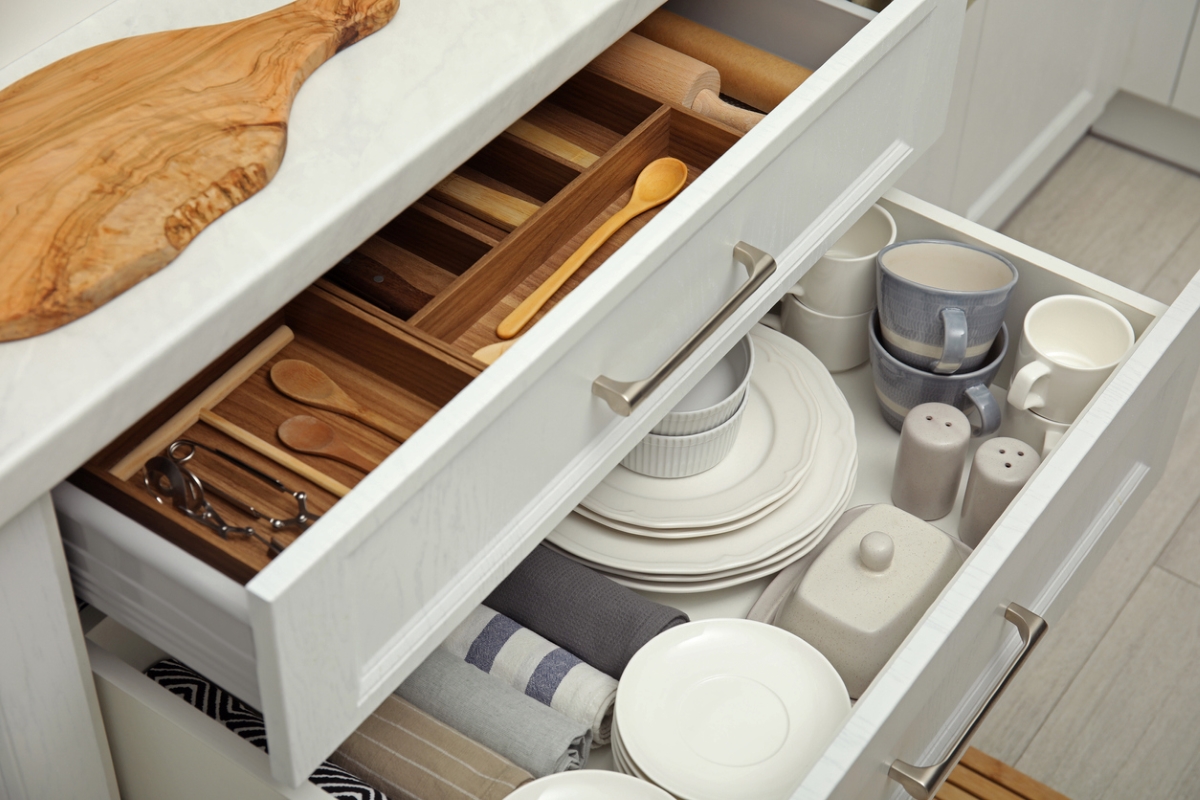
One simple way to improve a kitchen’s functionality is to keep the dishware storage and flatware drawer in one area, and to position that area close to the dishwasher. Rather than grabbing five or six dinner plates at a time, balancing bowls by the armful, or looping each finger through the handles of 10 different mugs, make unloading the dishwasher easier by placing it next to or below these items’ storage spaces. Placing the dishwasher location so it is near the sink makes for easier loading, as well.
5. Maximize space with pull-out hardware.
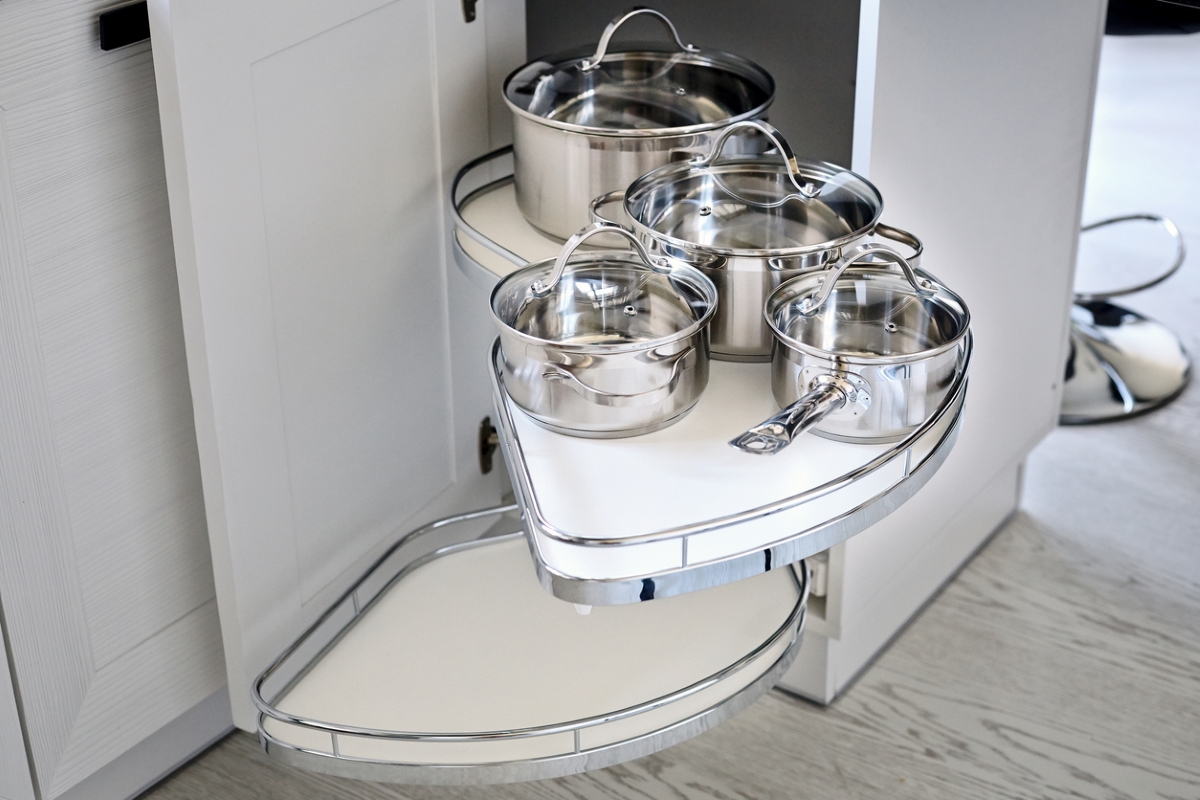
Cabinets (particularly lower cabinets) can become a no-man’s land for functional storage. Large pots and pans take up a lot of space, but they also leave a lot of unused space inaccessible. The same goes for spice cabinets where only the most-used spices are ever available and on display. Improving the functionality of these spaces is as easy as picking out the right hardware.
Look for sliding drawers, trays, and racks that mount to the cabinet’s interior and provide uninhibited access to everything inside. These helpful items can work for accessing spices, garbage cans, pots and pans, and even pantry items. With these items more accessible, home cooks may be more willing to experiment, try new seasonings, and cook more often.
RELATED: 15 Smart Ways to Store the Kitchen Necessities
6. Consider a dedicated workspace.
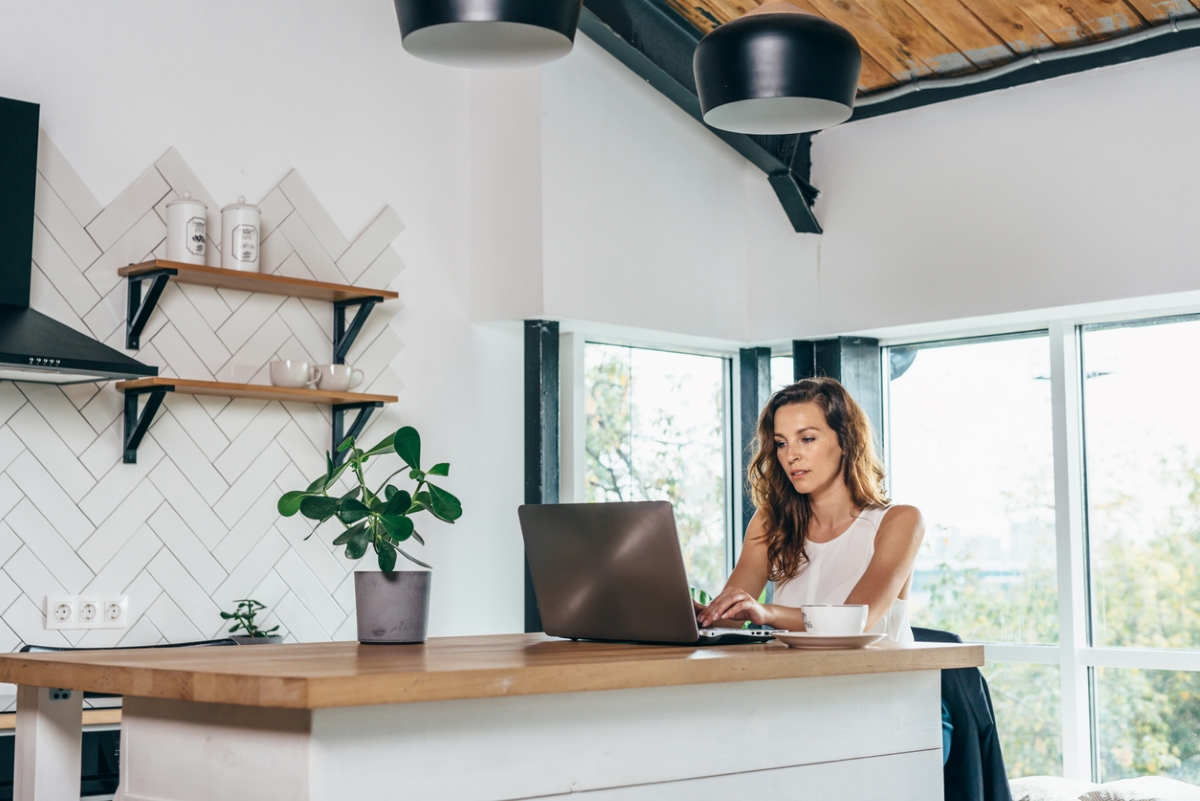
Many folks are still working from home—without the benefit of a home office. It’s usually the kitchen that is the first room to be taken over by work, and homeowners can improve this work-chef balance by adding a dedicated work area.
Very often, this dedicated workspace will look like a countertop on top of some built-in cabinets, off to the side of the kitchen a bit. They often resemble coffee bars and pantry banks, but they have plenty of power outlets and the ability to tuck legs in under the counter. Lots of drawers and even storage spaces for kids’ crafting items could be a great idea, as well. Some even take it a step further by adding a set of cabinet doors to close off the work area after hours.
RELATED: 15 Easy Designs for a DIY Desk
7. Add some convenient plumbing features.
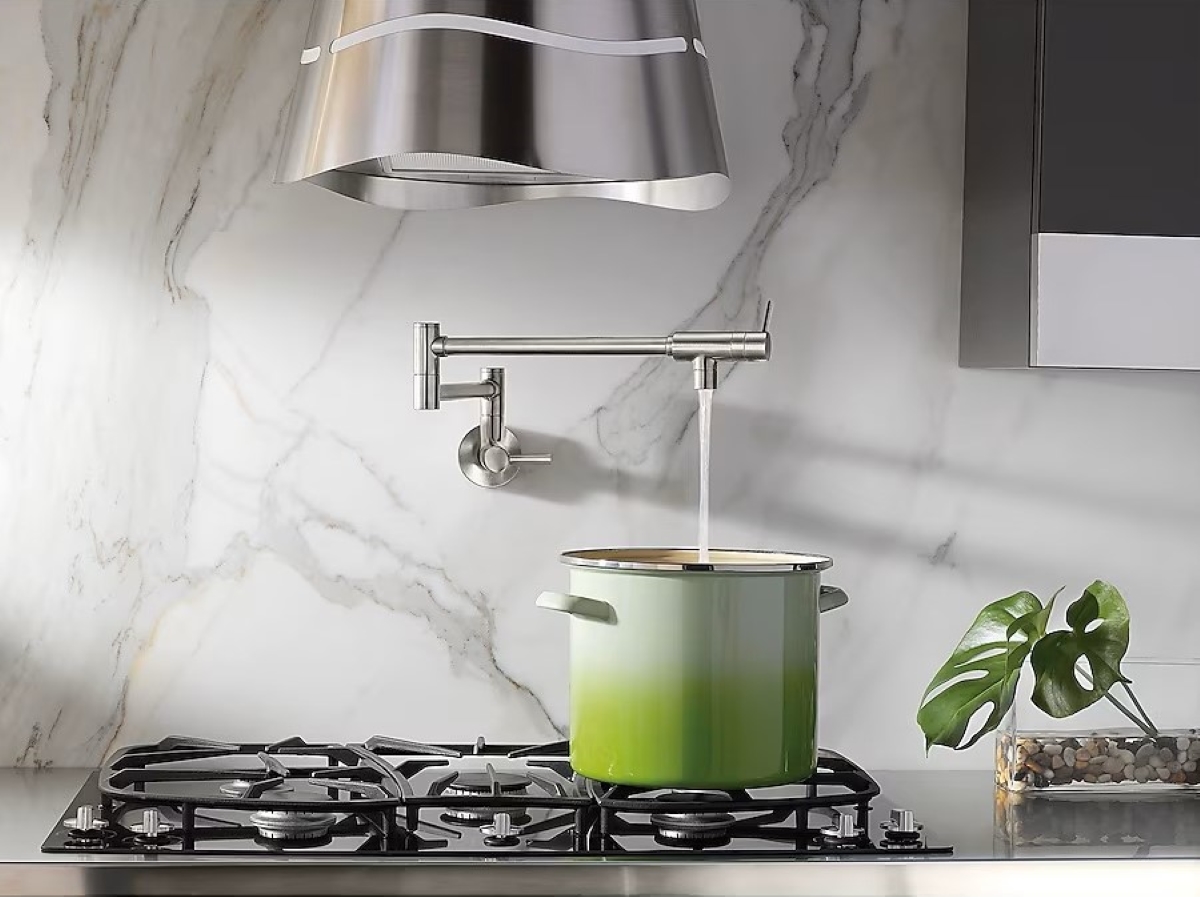
While often reserved for commercial kitchens, there are a few convenient plumbing features that can really ramp-up kitchen functionality. For example, while the drywall is down, consider running a plumbing branch to the wall behind the stove for a pot-filler. Users can quickly fill a pot without dragging it back and forth to the sink. Also, a prep-sink on an island can be very helpful and keep the kitchen more sanitary while cooking.
8. Include outlets, lots of outlets.
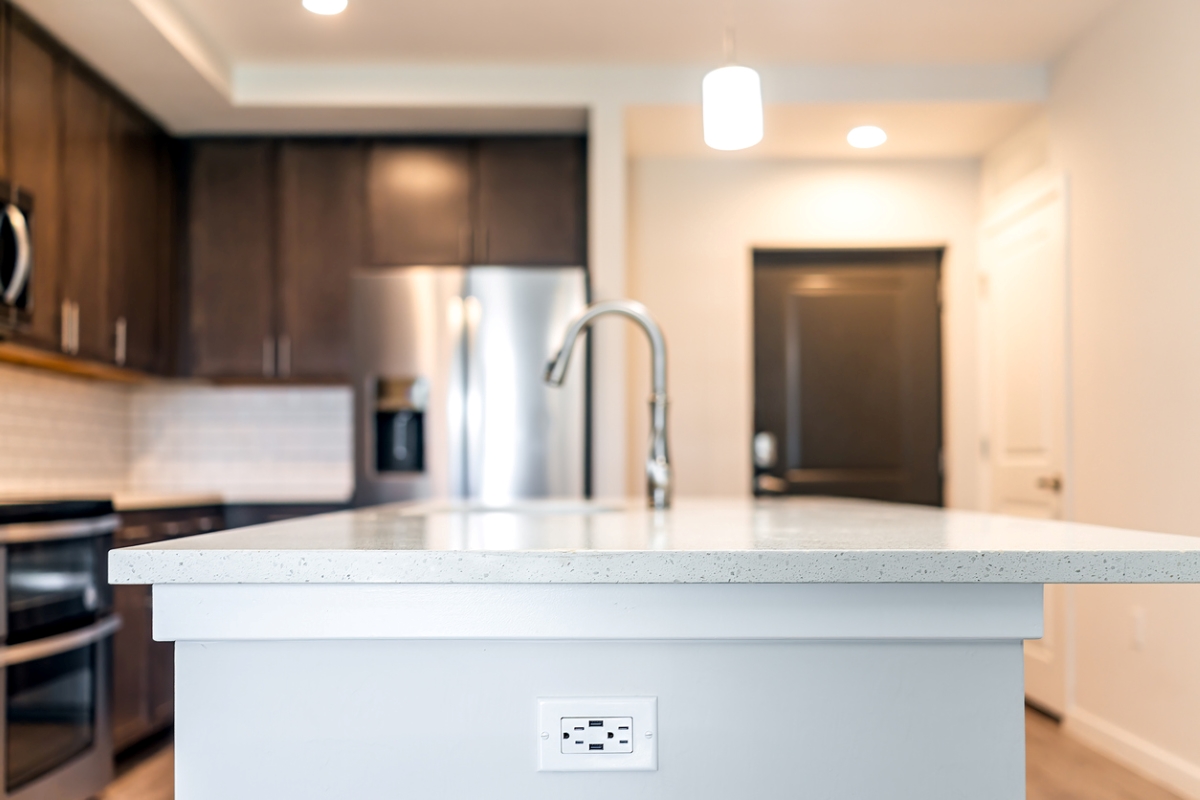
Is there anything more frustrating than looking for an open outlet to power a stand mixer or food processor while the pot is boiling over and the stove timer is going off? No one needs that kind of stress. Improving a kitchen’s usefulness might involve adding outlets, and lots of them.
Consider a row of outlets built into the backsplash of a tiered kitchen island. Or, simply add outlets at both ends of the island. Think about adding them under the cabinets as well, as most kitchens require outlets every 48 inches. With so many outlets available, plugging in that breadmaker or electric griddle won’t be a problem anymore.
RELATED: These Cabinet Customizations are Totally Worth It, According to Pro Organizers
9. Improve lighting.
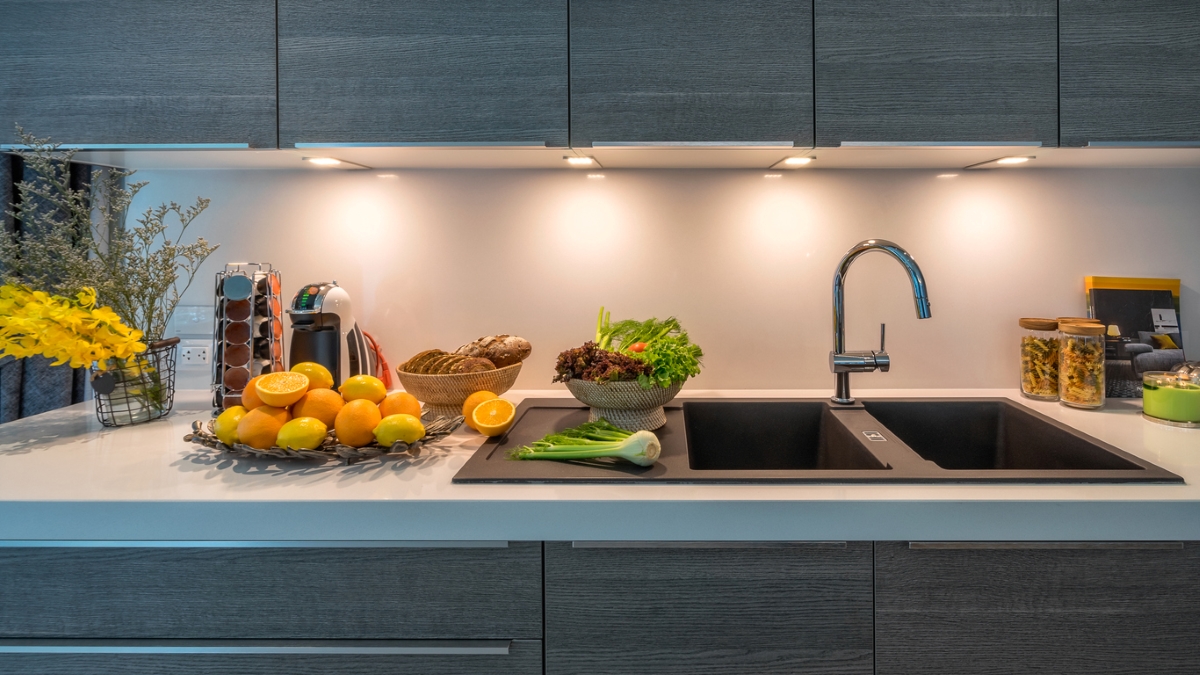
A renovation is a great opportunity to add some functional lighting. Adding lights over the countertops where food is prepped, the stove where food is cooked, and over any workstations where reading or writing might take place is key.
There are even under-cabinet lights that users can adjust to provide a bit more light while cutting, pairing, trimming, or chopping. Modern lighting is energy efficient and can do a lot for the flow of the kitchen while cooking or working.
RELATED: Solved! How to Create a Beautiful and Effective Kitchen Lighting Design

